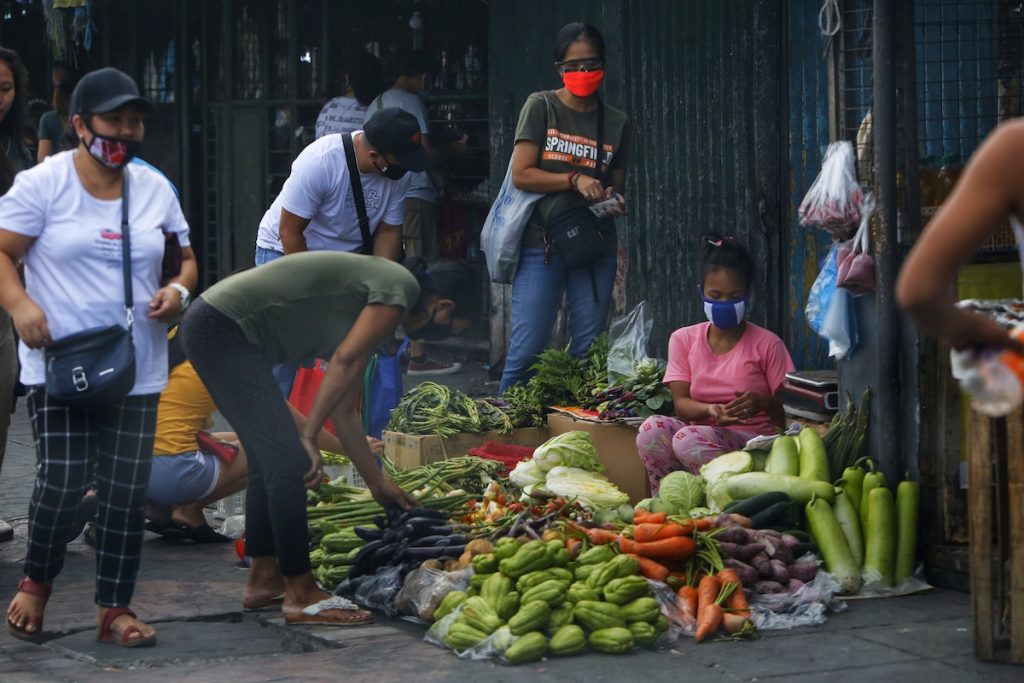Philippine President Rodrigo Duterte’s decision to extend the lockdown period for the main island of Luzon nudges the country nearer the edge of an economic abyss.
The inter-agency task force managing the country’s COVID-19 response announced on April 7 the president’s decision to maintain Luzon under an “enhanced community quarantine” until April 30.
This means the country’s most important industrial and commercial centers will remain closed except for food, medical, financial, and telecommunications sectors.
“The economy is not moving; standstill, so we have no income,” the president admitted on April 6 during a televised address.
A new law, the “Bayanihan to Heal as One Act,” gives Duterte a US$5.3 billion war chest.
He said additional savings and realignment of the 2020 national budget could increase the COVID-19 response budget to $5.9 billion.
In his address, the president said he had already shelved big ticket projects for the duration of the health crisis. He did not identify the affected departments.
But the country’s chief economist, Ernesto Pernia, said some funds allocated for the government’s “Build, Build, Build” infrastructure program had been moved to critical response areas.
Human cost
Independent economic think tank Ibon Foundation, however, said these stark numbers do not even come close to reflecting the human cost of the crisis.
Sonny Africa, Ibon executive director, said the government understated the people’s needs in weathering the lockdown and coronavirus contagion.
“The country needs $5.9 billion monthly,” he said.
Africa broke down the figure into to US$2 billion for continued service of unconditional cash transfers for the poorest Filipinos; US$295 million in emergency relief assistance, US$1 billion in wage subsidies, US$513 million financial assistance for 5.2 million informal earners; and US$75 million in emergency support for seniors at about US$20 per beneficiary or, at the low end, US$18 million at about US$10 per pensioner.
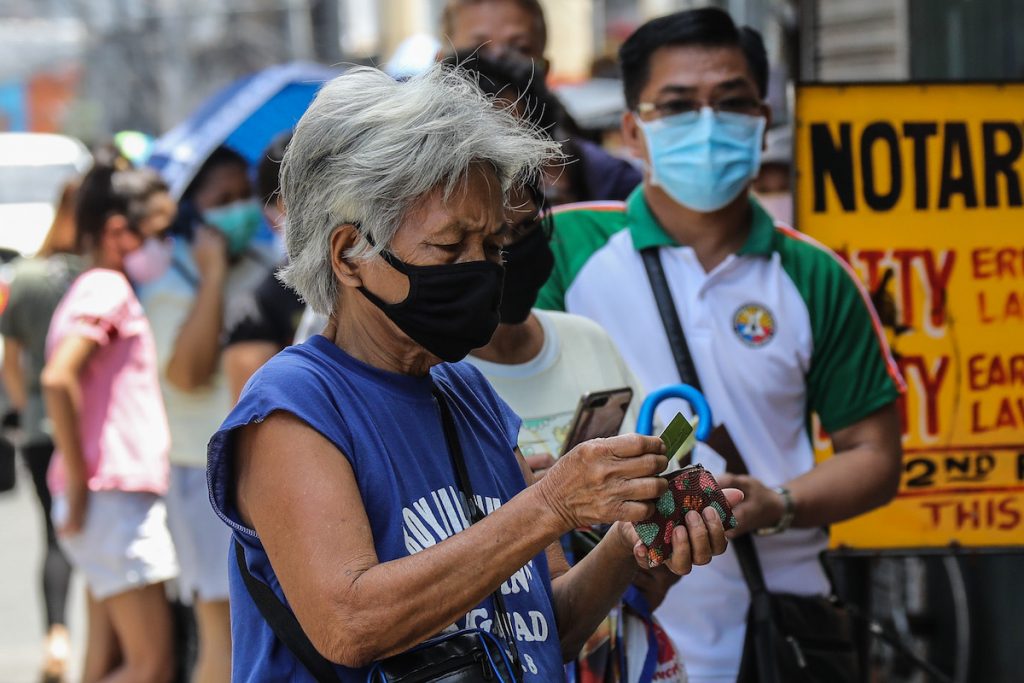
Duterte initially promised aid to 18 million households, including senior citizens, pregnant women, persons with disability, and single parents.
But social welfare internal vetting guidelines shown to LiCAS.news indicate that millions could be facing disappointment.
Only households with zero employed member would qualify for aid. These would include households where a breadwinner has been laid off for the duration of the lockdown.
All individuals who qualified by sector could still be passed over if any member of the household continues to hold on to employment.
Ibon also noted that 18 million households in need of aid is an understatement because dislocated workers and informal workers are about 14.5 million with an additional 7.5 million vulnerable families and 3.8 million indigent senior citizens.
Overseas workers
While the government focused its aid plans for “the poorest of the poor,” it now faces demands from skilled workers.
Even more critical is the sudden unemployment facings tens of thousands of Filipino overseas workers, especially in the badly hit cruise industry.
The labor department expects 23,000 cruise ship personnel back in the next few weeks. Nobody knows when they can return to work.
Thousands more of the workers are flying home from Europe and the Middle East.
Pernia said economic fallout around the world would slash up to 30 percent of remittances from Filipinos overseas.
The global crisis, he added, would affect about 1.8 million overseas Filipino workers.
The sector, often called “modern day heroes” because they toil in dangerous jobs and dangerous places, represents ten percent of the country’s total population.
They sent home US$30 billion in 2019.
“Without them, the economy would crash,” said Africa.
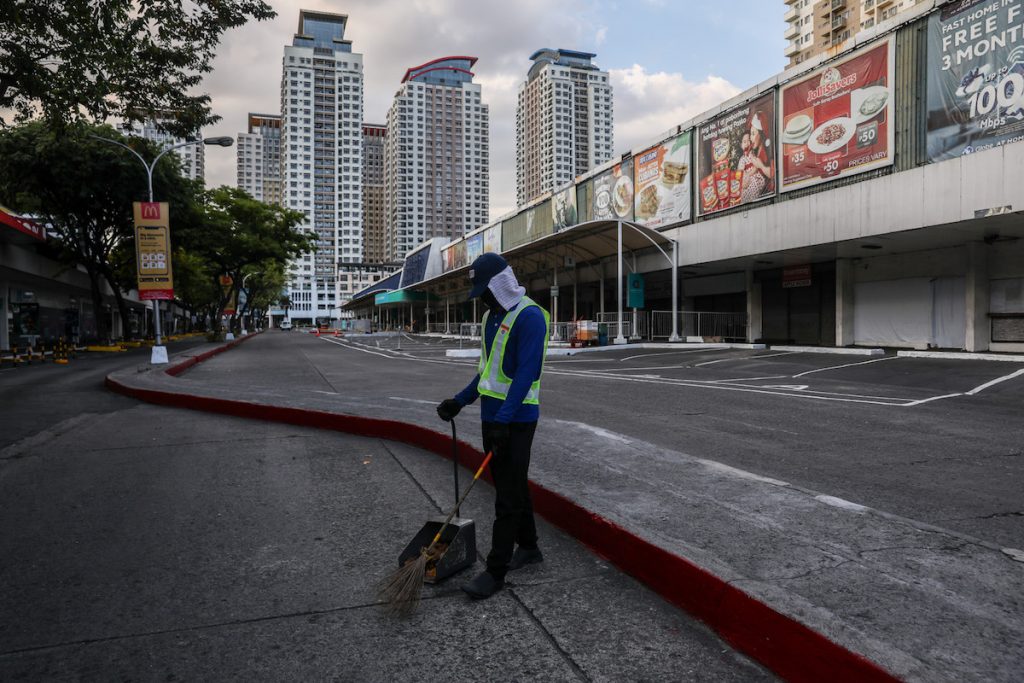
In-country, private headhunters estimate the number of jobs has slumped by as much as 50 percent, almost equally divided among the white and blue collar categories.
The labor department said it has a US$100 million supplemental budget for displaced migrant workers and other workers.
It also has cash-for-work programs for dislocated day workers, who will be tapped to keep their communities clean.
While regular workers have wrangled continued payment from employers, the smaller corporations now operating at huge losses may not be able to sustain the expense.
Labor unions say the government’s onetime US$100 cash aid will barely make a dent in the needs of colleagues whose earnings have been slashed and who are now jobless. The amount is not even one-half of the monthly minimum wage in the capital.
The labor department said it has already released aid to more than 100,000 formal sector workers and to 73,000 contractual workers.
Middle-class warriors
Hours before the announcement of the lockdown’s extension, Duterte acknowledged that his Cabinet could have downplayed the country’s welfare obligations.
But it’s not just the poor who appeal for help.
Governor Jonvic Remulla of Cavite province, a thriving industrial sprawl south of the capital, asked the president to allot financial aid packages, even in smaller amounts, for the precarious middle class.
The governor said the lower rungs of Cavite’s middle class includes 300,000 who work in Metro Manila and 400,000 others employed directly in the province’s industrial zones and smaller businesses that provide service.
While the lower middle-class does not normally bother the government on the welfare front, Remulla said its members’ average annual savings of US$850 dollars is not enough to tide them over a prolonged lay-off.
That Remulla, chief executive of a province with the highest GDP per capita outside of Metro Manila, is seeking help for his middle-class constituents doesn’t bode well for the national economy.
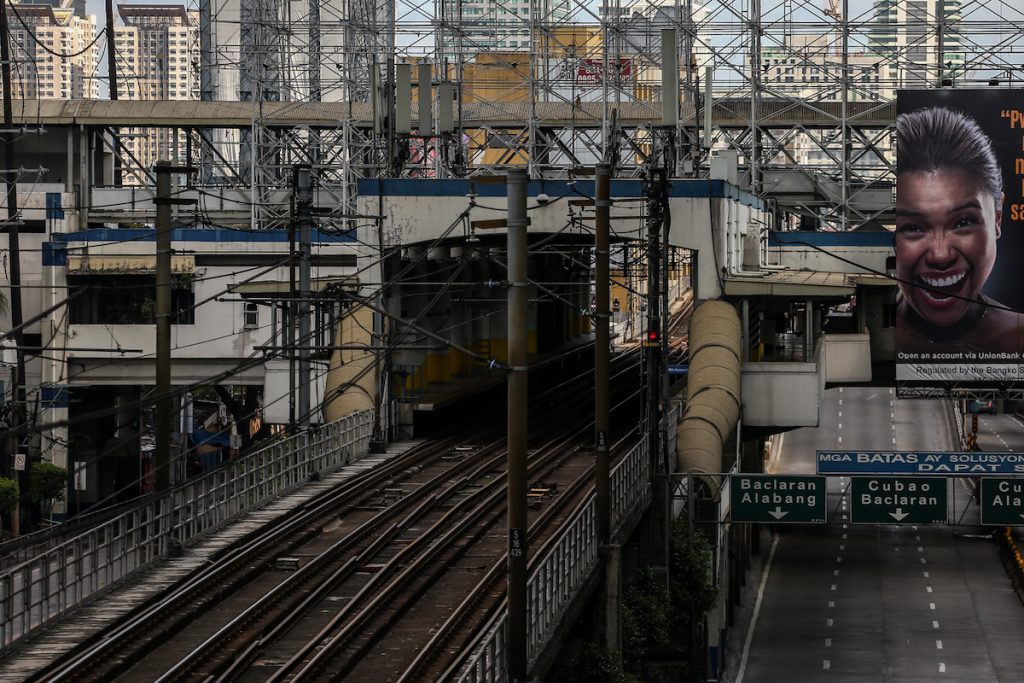
Duterte said he agrees with Remulla but confessed that he isn’t sure there’s money to be found for the sector.
That raises the stakes on civil unrest. This upwardly-mobile but still struggling demographic is the most critical of Duterte.
Forced vacation has also unleashed the keyboard warrior skills of hundreds of thousands of young and mid-aged technical and professional workers.
Countryside struggle
Barely heard amid the noise of the capital’s residents are the country’s 9.7 million farmers struggling to deliver products to their traditional markets.
More than three weeks into the lockdown, the national police continues with a spotty checkpoint record towards cargo transport, needing constant reminders to expedite movement of trucks carrying food products and important components in manufacturing.
The first two weeks of the lockdown forced farmers in the northern highlands of Luzon to dump their unsold produce down mountain ravines.
The Department of Agriculture has started purchasing directly from farmers, trucking the produce to Metro Manila.
To improve income capacity, the department will also provide seeds of fast-growing plants, mainly vegetables, that farmers can use to augment their food supply and also sell for delivery to the capital.
The agriculture department has also announced a US$500 million investment plan, with a US$55 million loan facility for farmers.
Prospects for rebound
The diversion of finite state funds to address the health crisis, coupled with the closure of the lucrative services sector and mass transportation, could mean a slower economic rebound for the country.
The Asian Development Bank said the national economy would grow only by two percent this year. But it said if government meets its target of beating back COVID-19 by June, the country could spring back with six percent gross domestic product growth in 2021.
The 2020 growth forecast is not even half of the projected seven percent growth at the start of the year.
The next two quarters will be the toughest as health and welfare expenses for 18 million families could deplete the government’s funds, unless it can tap grants and loans from an international landscape also emptied by the pandemic.
Pernia has a gloomier forecast, including the possible contraction of the economy if the crisis does not dissipate by June.
At the worst, the Philippines could suffer negative growth of 0.6 percent, the first in more than 30 years since the 1998 Asian financial crisis.
Pernia’s best scenario involves a 4.3 percent growth.
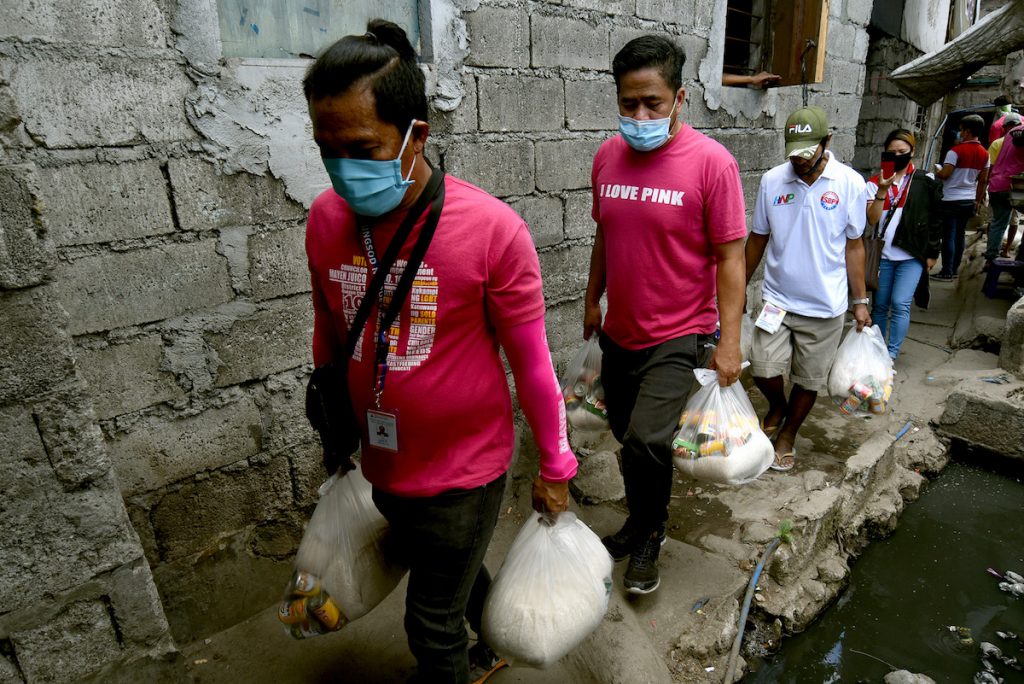
Congressman Joey Salceda, an economist, estimates total economic losses linked to COVID-19 at about US$24 billion.
The mercurial Philippine leader was initially reluctant to launch draconian containment measures against a disease that has already killed at least 163 persons and infected 3,360 others this week.
Duterte said a developing country like the Philippines can ill afford broad and prolonged work stoppage.
But he bowed to medical experts’ advice for an extension as new studies cropped up showing that the infectious capacity of carriers with no symptoms was much higher than initially thought.
At least three new simulations by three groups of Filipino scientists show infection forecasts at least double the initial estimate of the Department of Health. They also display peak dates that indicate another round of extension of the quarantine period.
The University of the Philippines COVID-19 Pandemic Response Team said mathematicians working together from different campuses of the state university estimate infection to peak between the end of April to June, with approximately 140,000 to 550,000 cases.
Duterte appealed for patience. “Please try to understand us,” he said in an address punctuated by sighs and awkward stops and clear signs of a man trying to control his infamous temper.
He asked Filipinos to listen to him “until I can really say there’s nothing I can do anymore.”
“Then you can all do whatever you want to do when the resources are all exhausted and the pandemic would claim millions of lives,” he warned.
“I hope really, and I pray that it will not (happen),” said the president. “But if that’s our fate, then there’s nothing I can do.”
He appealed to the business sector to help. “You really should help the government and our country. Because if this government goes down, you all go down, too.”
